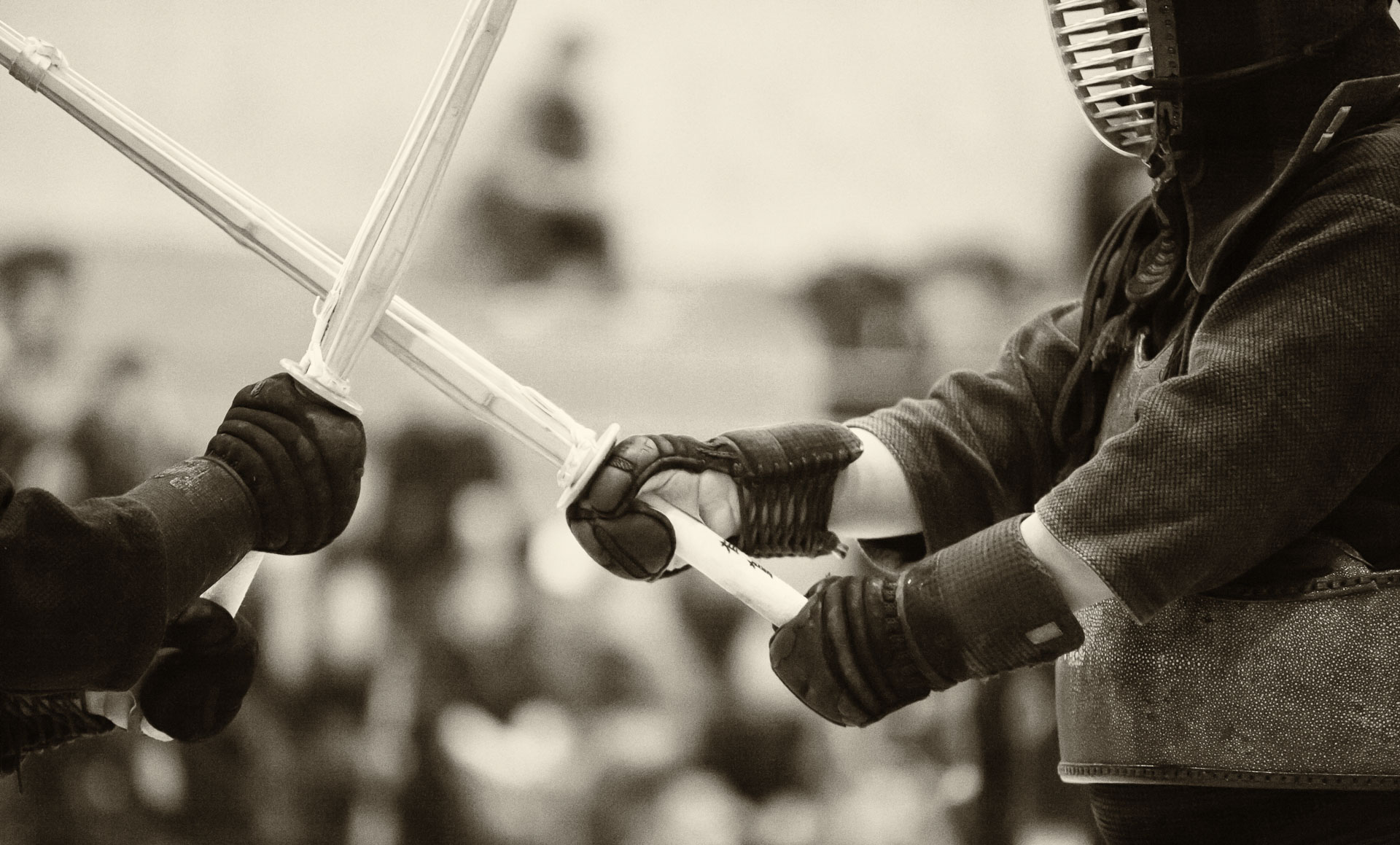
I’ve been walking across campus for several years now, but apparently there are still curious spots along the way that I haven’t noticed before. The reason is that as I walk from point A to point B, I almost alway take the same route. The force of habit acts as an autopilot of sort. A couple of weeks ago, I realized that my familiar route from the office to the gym is not the shortest one. There were some corners to be cut and diagonals to extend. Not that I was wasting a lot of time before, but the new route I found was was, perhaps, a minute or so faster, so as an engineer, I was compelled to increase the efficiency.
As a result, I discovered for myself a neat sculpture of a whale’s tail sticking out of the pond. I thought that it looked slightly comical, being obviously out-of-scale with the tiny body of water the implied animal is supposed to occupy. It reminded me of the monster-infested swamp on a planet in Dagobah star system, where Luke Skywalker crash-landed his x-wing fighter in Empire Strikes Back. Last week, we had a rear cold spell, and the sculpture looked even more fantastic, with the tail sticking out of the ice. A frozen motion indeed!





















